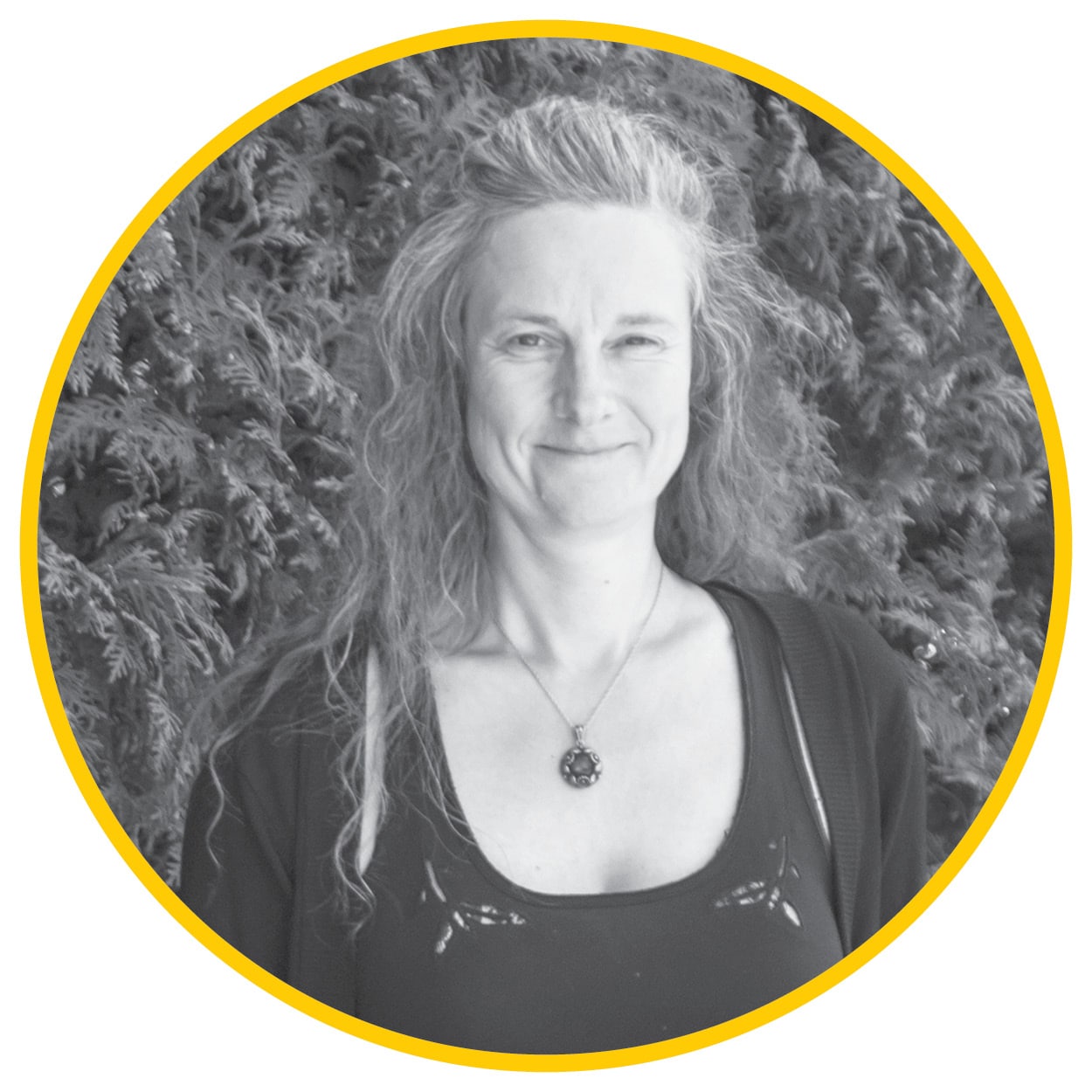
Katrin Klingenberg Executive Director Passive House Institute US | PHIUS
Photo: Katrina Kramena via PHIUS
Greenbuild is the lens through which we can reflect on the progress made by the green building industry thus far and look forward to the continued collaboration that will help us to achieve a future that is more equitable, resilient, and sustainable than ever before.
Since our inception, Passive House Institute US (PHIUS) has been coming to Greenbuild to showcase best practices and learn from industry peers. Through the support and collaboration fostered by events like this, we have seen the green building industry grow to become a major force in the efforts to not only make high-performance buildings the leading market standard but to bring the benefits of these buildings—health, comfort, safety, resiliency and efficiency—to the mainstream.
Each year the industry comes together for Greenbuild in a new city, allowing the discussions to be framed around the economic, social, and environmental opportunities and challenges facing each specific location. Greenbuild 2014 in New Orleans showed us a community in the midst of revival less than ten years since the ravaging floods of Katrina, while driving home the sheer magnitude of the impact these types of events have at the local level. As this year’s Greenbuild comes to Los Angeles and a region grappling with the economic, political, and environmental impacts of drought, water shortages, and rampant wildfires, we see up close the impacts of these threats to human health and wellbeing on a community scale. Although specific climate challenges may shift from one region to the next, the imperative of achieving resiliency and adaptability at the human scale remains the same.
Given the myriad challenges facing our communities, how do we establish a framework for achieving the buildings able to be resilient and adaptable in the face of these threats?
Questions like these were a driving factor behind the development of the PHIUS+ 2015 Passive Building Standard released by PHIUS this past year. PHIUS+ 2015 is the first and only passive building standard based upon climate-specific comfort and performance criteria aimed at presenting an affordable solution to achieving the most durable, resilient, energy-efficient building possible for a specific location. When your organization has certified projects spanning from hot and humid Louisiana to the arid southwest to the arctic cold of Alaska as well as internationally as far away as Japan and Korea as PHIUS has, you recognize the need for a climate-specific approach to performance. There is no one-size-fits-all solution for our crisis; what we need are tailored solutions at the local level that add up to achieve wide-scale adaptability.
Yet how do we know if we’re making progress in the right direction? We are collecting detailed performance data and metrics to demonstrate that sound building science works as the foundation to achieving the durability and health benefits needed to address the larger climate imperatives of our day. The data we collect is then made available on our Multifamily Resource Center at multifamily.phius.org to help inform designers, developers, policymakers, program managers, and investors about the levels of performance they can come to expect from a PHIUS+ certified building.
PHIUS’ performance-based metric focuses on reducing energy consumption and carbon footprint while maximizing human health and comfort. Verification of demonstrated performance has been the cornerstone of our certification program from day one. PHIUS requires rigorous onsite QA/QC for project certification. We have trained over a thousand consultants, raters, and verifiers with the skills and know-how necessary to independently verify that these buildings are built and perform as designed and modeled so that users enjoy the health, comfort, and performance benefits they have come to expect from a passive building.
From building the very first passive house in North America in 2003 to this year reaching the milestone of over 1 million square feet of certified and pre-certified projects, PHIUS has been a key player in advancing the strength of the high-performance building industry over the past 10 years. When Greenbuild returns to our hometown of Chicago in 2018, the need for verified data and performance evaluation will be all the more crucial as we continue to work together to tackle the challenges of the next decade and beyond.
Katrin Klingenberg is the Executive Director of Passive House Institute US (PHIUS), which she co-founded in 2003. A German-born and trained architect, she drove the development of the new climate-specific, cost-optimized PHIUS+2015 Passive Building Standard and now directs the technical and research programs of PHIUS.
Download a PDF of this story here.

